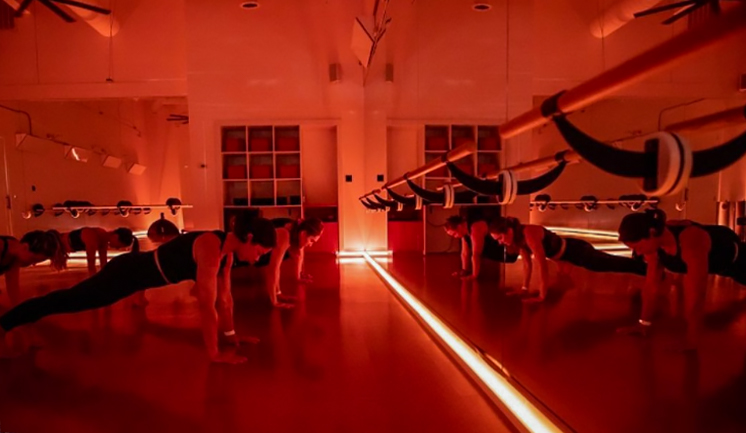Is Infrared Yoga Bad For Your Skin?
On a chilly winter day, the only thing better than staying in your warm bed is attending a hot yoga class or visiting your gym’s sauna and sitting on fir mats. This is because some settings will make you feel comfortable and joyful.
When you enter one of the heated chambers, your body temperature quickly rises, and the outside storm seems to pass you by. According to experts, having a small pleasure like this throughout the winter is beneficial to your health. That is a point on which we can all agree. Then, how much damage must your skin take before it dies?
Industry analysts report that infrared saunas and full-body treatment devices are gaining popularity in gyms and spas. Many people think that utilizing infrared light or heat may help relax their muscles and boost the quantity of oxygen in their cells throughout their bodies. On the other hand, applying infrared light to your skin has both good and negative aspects that you should be aware of before undertaking one of these treatments. Exposing skin to any mixture of heat and moisture can have its benefits. However, if you don’t seal in the hydration you’ve just gotten into your skin with a moisturizer right away after steaming, it might dry your skin. Here are the advantages and disadvantages of using infrared yoga on your skin.
Advantages of Using Infrared Yoga on Your Skin
Spending time on fir mats and absorbing sunlight is fun; the sun emits around 40% of total solar energy in infrared heat. While infrared radiation from the sun can be detrimental to the skin, just a few studies have examined its potential benefits. However, a 2016 article published in the Journal of Photochemistry and Photobiology suggests that infrared light, which the body interprets as heat, may have some skin benefits, including wrinkle reduction.
The right intensity of infrared light, determined by its wavelength and duration, can accelerate cell renewal and raise the activity of anti-inflammatory cytokines, both of which may be helpful to your health. Along with anti-aging the skin, the correct wavelengths of infrared light may stimulate the skin’s collagen production.
The study’s findings indicate that using the optimum strength and amount of infrared light is vital, as long-term exposure to broad wavelengths of infrared radiation is detrimental to humans.
Disadvantages of Using Infrared Yoga on Your Skin
Extremely high levels of infrared radiation, or heat, are hazardous to the skin’s health. When the skin is heated, melanocytes create more pigment more quickly, worsening melasma and other skin pigmentation disorders. Additionally, powerful infrared radiation can cause inflammation, resulting in different skin conditions.
Numerous factors, including smoking and inhaling pollutants, can accelerate the skin’s aging process. Heat is one of them. When infrared radiation strikes your skin, you will feel the warmth. Is it safe to pursue this course of treatment? Your skin temperature may rise beyond 104oF when it is generally about 92oF. When the temperature increases, it is believed that inflammatory cells get activated, resulting in DNA damage.
Baking hands and glassblowers’ faces have also been shown to age prematurely due to their continual exposure to extreme heat from ovens.
Wrapping it Up
When used correctly, infrared radiation may be beneficial to some skin types and even detrimental to healthy skin. When used excessively, it damages some types of skin and even healthy skin. If you want to use an infrared sauna, you should take antioxidants or use them topically to protect your skin. Always use mats and carry an antioxidant or consume an antioxidant-rich fruit such as blueberries, strawberries, or pomegranates before using an infrared sauna. This will ensure that you get the most out of your sauna session.

















